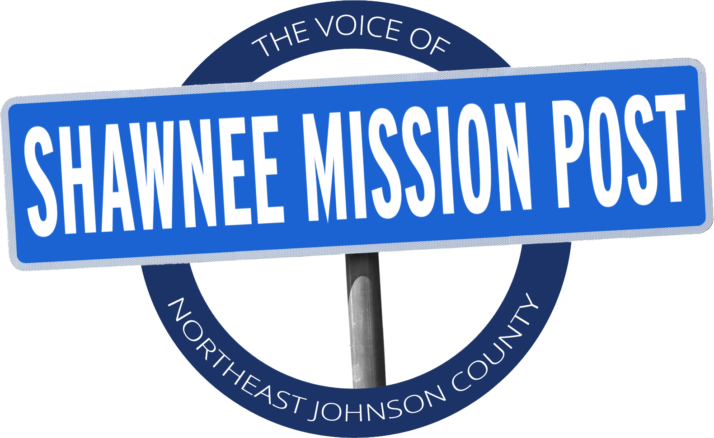H2: What is Influencersginewuld?
The term Influencersginewuld represents the next evolution in influencer marketing. It refers to a collective shift where individual content creators—across niches and demographics—gain disproportionate sway over consumer decisions due to enhanced credibility, authenticity, and technological integration.
It’s not just a trend; it’s a digital movement. The term may sound futuristic or made-up, but it captures the current state of influencer ecosystems in a single powerful concept.
H2: Why Influencersginewuld Matters in 2025
We’re in a time where consumer trust in traditional advertising is at an all-time low. Enter influencersginewuld—offering a remedy.
This movement emphasizes:
-
Real stories over polished ads
-
Peer-driven discovery
-
Social credibility
Influencers are now micro-brands themselves. Whether it’s a Gen Z TikToker reviewing skincare or a dadfluencer sharing parenting hacks, their content connects deeply—and converts.
H2: The Rise of Nano and Micro Influencers
Big isn’t always better anymore.
H3: Authenticity Over Reach
Consumers crave authentic connections, and nano-influencers (1K–10K followers) often deliver better engagement than celebrities.
-
Higher interaction rates
-
Realistic product use
-
Honest reviews
These influencers usually don’t script, making their opinions appear unbiased and relatable.
H3: Community-Centric Engagement
Instead of broadcasting to the masses, nano-influencers build tight-knit communities where trust is earned and valued.
H2: Platforms Powering Influencersginewuld
H3: Instagram and TikTok’s Evolution
Both platforms are still top players, but algorithms now favor storytelling and education.
-
TikTok boosts micro-content with value
-
Instagram pushes reels and collaborations
H3: Newcomers Like Lemon8 and BeReal
These platforms prioritize authentic expression, less polished visuals, and organic discovery, making them perfect incubators for influencersginewuld.
H2: The Role of AI in Influencer Dynamics
AI is changing the game—from predictive analytics to automated collaboration tools.
Key AI tools:
-
Trend forecasting
-
Audience segmentation
-
Fake follower detection
With AI, brands can match with influencers whose followers genuinely align with their ideal customer profile.
H2: How Brands Are Leveraging Influencersginewuld
Brands now co-create with influencers. Instead of a one-off post, they’re building long-term partnerships based on:
-
Brand affinity
-
Value alignment
-
Community overlap
This leads to:
-
Better content
-
Repeat exposure
-
Stronger ROI
H2: Case Studies of Successful Campaigns
H3: Fashion Industry
A sustainable clothing brand collaborated with eco-conscious nano-influencers. Instead of traditional ads, they created behind-the-scenes vlogs, garnering millions of views.
H3: Fitness & Wellness
A supplement brand used TikTok fitness influencers to do “30-day transformations” using their products—high engagement, low ad spend, massive results.
H2: Metrics that Matter in 2025
Old metrics like follower count are out. Influencersginewuld shifts focus to:
-
Engagement rate
-
Saves and shares
-
Click-through rates
-
Community response
Analytics tools such as HypeAuditor help brands assess real-time influence quality.
H2: Common Pitfalls to Avoid
Brands often make the mistake of:
-
Choosing influencers solely based on vanity metrics
-
Over-controlling influencer content
-
Ignoring niche creators
Instead, allow creative freedom, value audience trust, and go hyper-targeted.
H2: FAQs
Q1: Is influencersginewuld a real term?
Not officially—but it’s an emerging concept that captures the transformative evolution of influencer marketing in 2025.
Q2: Who benefits from influencersginewuld?
Both creators and brands benefit—creators gain legitimacy, and brands access authentic, loyal audiences.
Q3: How do I find the right influencer?
Use platforms like Aspire, Upfluence, or Heepsy. Look for alignment in values, audience, and content style.
Q4: What’s the ideal campaign length?
Long-term partnerships (3-6 months) yield better results than one-offs due to repetition and trust building.
Q5: How do I track campaign success?
Use KPIs like engagement rate, affiliate clicks, comments with brand tags, and sales conversions via custom URLs.
Q6: Can small businesses participate?
Absolutely! In fact, small brands often get better ROI with micro-influencers due to their niche engagement.
H2: Conclusion
Influencersginewuld isn’t just a digital buzzword—it’s a paradigm shift. As we move further into 2025, influencer marketing becomes more personalized, data-driven, and community-focused. Whether you’re a brand, a creator, or just curious about the online space, embracing this wave means staying ahead of the curve.


